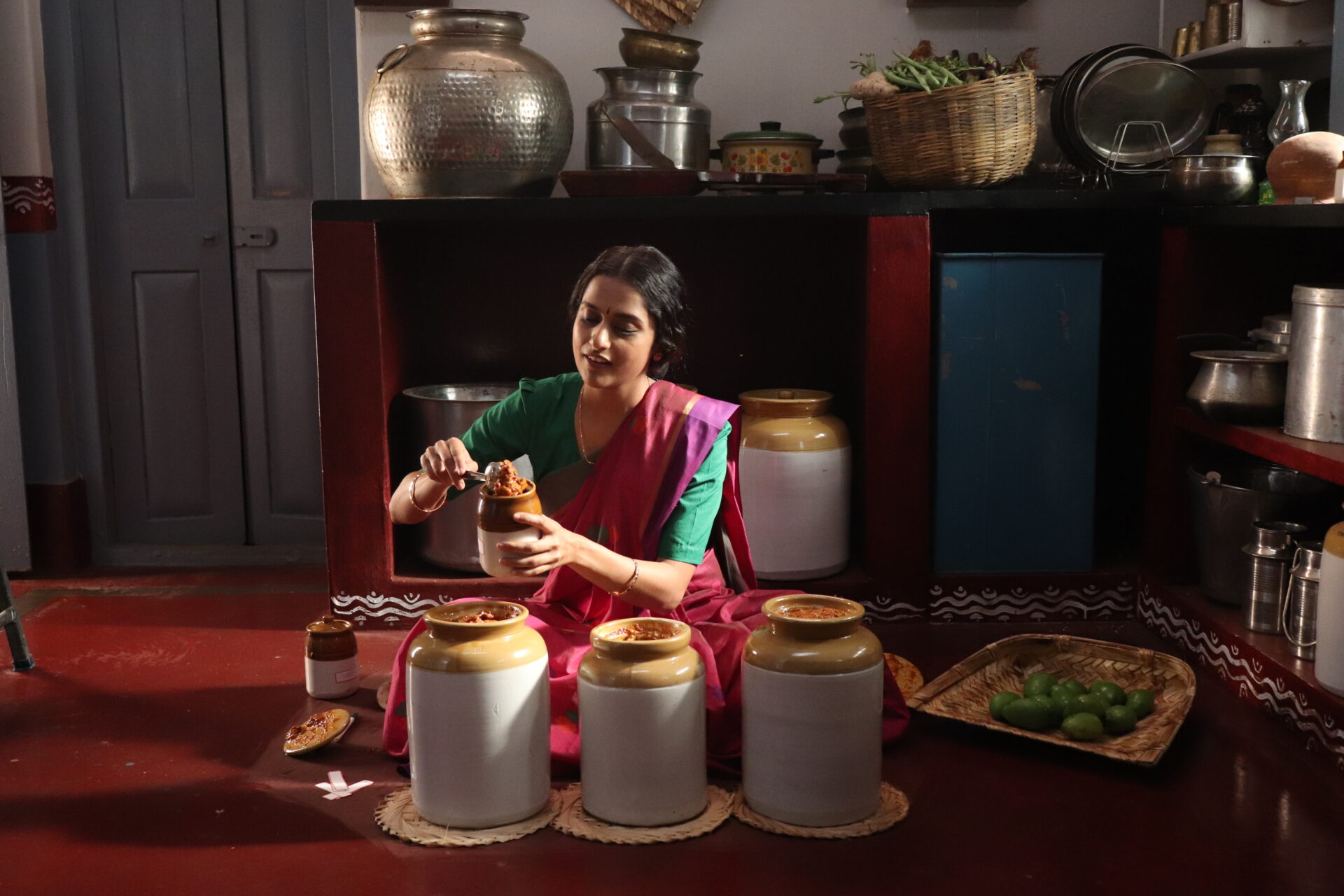A wistful longing for the days of our past, nostalgia is a feeling that most adults experience. Alumni parties are for those who wallow in it – the spirited ‘old boys’ lock arms and sway as they sing the songs of their youth. The good old days that they conjure might well be more colourful than the reality but let’s leave them to their yodelling, crowing and chest thumping.
What interests me is why people feel nostalgic about a time they never lived through. We revel in vintage cars and clothes, retro music, and dance moves. We fantasise ourselves as glamorous yesteryear stars or as royalty as we walk through palaces. But what I sense is more than the desire to wear the fashion of the past or dance to golden melodies. This feeling has a name – anemoia, a word coined by John Koenig who created the fascinating ‘Dictionary of Obscure Sorrows’.
The audience interaction that followed a screening of a cute little Kannada film, ‘Aachar and Co’ intrigued me. But first a little about the film as it deserves a special mention. Belonging to the ‘slice-of-life’ category, the film traces the arc of a middle-class Kannadiga family from the late 50’s and 60’s to the 70’s. It struck a chord with the denizens of the Old Mysore region. Many watchers including me could quickly and fondly spot characters who resembled an aunt or uncle.
The surprise for me was that the debutant director, Sindhu Sreenivasa Murthy, is just about 30 years old. Sindhu, the uber-talented music director Bindhumalini and the cast spoke animatedly about recreating the period look and feel. They shot mostly in Mysore to capture the feeling of old Bangalore – that says it all about the fast-paced growth of my city that seems heedless about its fate.
There were many young people in the audience who spoke about their longing for the period that the film was set in.
There was an ache in their voices, a heaviness in their demeanour that struck me strongly. Not the intended effect of the film which I reiterate is a little gem. Watch it on Amazon Prime, it has English subtitles, if you can’t follow Kannada.
I am nostalgic about holidays in my grandparents’ home when we rolled out mattresses in the living room and slept under white mosquito nets, or picnic dinners on hot summer nights when we lolled on the rooftops. Under the light of a full moon, the morsels of food handed out by Amma that we popped into our mouths were sweeter than ambrosia. These are the memories of our generation.
But why are today’s youth harking back to our memories? Have they none of their own? Is ours the last generation to have revelled in the tales that grandparents told? Where even are the old photo albums that they could flick through, the jet-black pages reverentially enclosing sepia-tinted memories? We have thrown out all these to live life light and baggage-free.
The digital age has made the Cloud or Facebook our albums, which we access to blithely post #throwbackthrusdays and #blastfromthepast. Mealtimes when families gathered to exchange news and views, where they were encouraged or brought firmly to earth are never going to “brb”. Meals are now for digital documentation and public consumption.
It’s evident that the constant connectivity of the digital world has created a vacuum and a disconnect between the brain and the heart. The sense of simplicity and innocence portrayed by films set in eras gone seems to act as salve to the souls of today’s generation. It’s natural to crave to escape from our troubles for a while. Sometimes we do this by willingly suspending disbelief and watching a film. We step back out to deal with what awaits us, a tad refreshed or relieved depending on the film. Romanticising the past a bit is fine but glossing over flaws is harmful. The much-celebrated British series ‘Downtown Abbey’ cleverly wove in class differences even as it showed captivating castles and their privileged lives.
What is worrisome is the disinclination in the youth to see that the life they have, right here and right now, is special.
Imagining that the past was more alluring than the present is grossly incorrect. Bygone days are just those, by gone. And if we could ask the people who lived in those times, they would perhaps exchange it for the present. The past that we imagine might never have existed. The life that we have now is ours. If it’s not the best that it can be, we can try to make it so. If the pace of life is too frantic, we can slow it down. If it seems chaotic, we can take a break
Sandhya Mendonca is an author and host of ‘Spotlight with Sandhya’ podcast.

